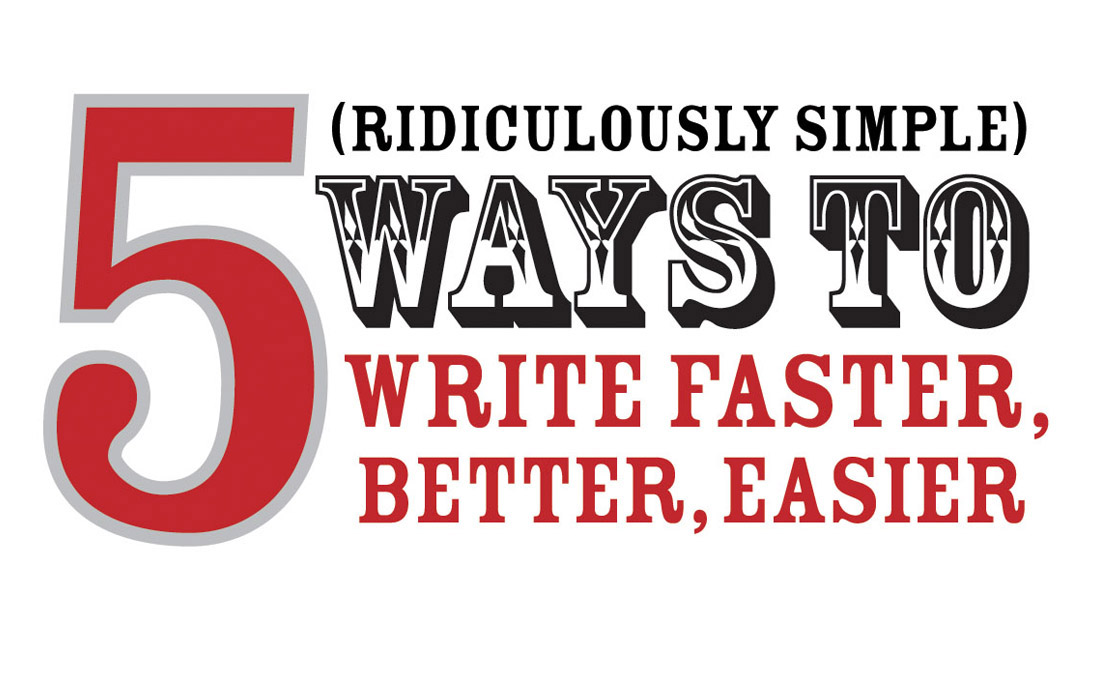
Ever feel like your emails are endlessly going back and forth?
You send your email.
It comes back over to you.
Over to them.
Over to you.
Over to them.
Over to you.
To them.
To you.
To them.
To you.
Ever wish you could put an end to this email ping-pong madness?
Email ping-pong? What the heck is that?
Email ping-pong is when your email with someone keeps going back and forth.
Kinda like how those champion ping-pong players who keep smashing that ball back and forth over the net.
Back and forth
Back and forth.
Email ping-pong is unnecessary communication. And yes, email ping-pong eats up big chunks of your time.
What causes all this ridiculous ping-ponging?
Two things:
1. Thinking of only one side of the story: yours.
2. Lacking specifics.
What’s a typical email look like?
Let’s say you email your teammate to get together to review a document. Here’s how your email exchange might go:
You: Want to get together soon about that project?
Colleague: Sure; sounds great.
You: Super. How’s next week look?
Colleague: Looking good, actually. How about Tuesday at 10am?
You: Rats. Out of town that day. How’s Wednesday?
Colleague: Sorry- my turn to be out of town. Monday’s wide open.
You: Great- how’s lunch sound?
Colleague: Phew- that’ll be tough. Have a lunch meeting with my boss. Rest of the day looks good, though.
That, my friend, is “email ping-pong.”
What caused “email ping-pong?”
1. One side of the story.
2. Specifics were missing right from the start.
All this crazy pong-pong stuff can easily be avoided by integrating an objection
What do you mean, “objection?”
An objection is when you get that feeling of opposing something. Objections come in all shapes and sizes. Here are what a few look like:
• It costs too much.
• I don’t have time.
• I’m busy that week.
• My team won’t go for it.
• My kids won’t like it, etc.
How does using objections reduce email ping-pong?
Because bringing up an objection helps reduce friction. Instead of only sending what you’re required to send, you explain something that someone might object to ahead of time. You add a piece of information they might ask themselves.
You beat them to the punch
Why do that? Because when you communicate something, chances are pretty darn good the other side will react with a question to what you’re saying.
What would our example look like with an objection in it?
Let’s slip in the times when you can meet with your teammate. Here’s what would your email exchange might possibly look like:
You: Want to get together soon? If so, I’m free:
• Mon 10am -12pm.
• Tues 8am - 11am and 4pm – 6pm.
• Fri 2pm – to 5pm.
Any of these dates work for you?
Colleague: Friday 3pm – 4pm is perfect.
See how easy that was?
So why doesn’t everyone slip in an objection?
Because people are soooooo busy processing sooooooo much information they don’t have time to think about the other person. They don’t take the few extra minutes to imagine who they are communicating to and how they might respond to what is being said.
How do you go about adding objections to your emails?
1. Review your email.
2. Put yourself in the other person’s shoes.
3. What questions could they ask?
4. List or think through those questions or those objections.
5. Answer them in the initial email.
Won’t people feel weird if you bring up an objection?
Actually, your readers may think you’re a mind reader. They’ll think you’re one step ahead of the game. Why? Because you’re answering their questions as they are thinking about them. There’s also a bonus point for raising objections: your reader will also agree with you quicker than you ever imagined.
What did we learn about email ping-pong?
• Email ping-pong can go on for what seems like forever.
• Email ping-pong happens for two reasons:
1. You failed to anticipate how the reader will receive your message.
2. You forgot to add specifics to clarify obvious questions someone will have.
• Excessive emails can easily be reduced by adding an objection or two.
• Pretend you’re the reader getting your email.
• What questions would you have while reading it?
• Answer those questions.
Now you know how to save a chunk of time and feel less frustrated by smashing email ping-pong.
Just do me a favor, ok?
Leave the real ping-pong smashing to the pros.
 Wednesday, June 29, 2011 at 01:28PM
Wednesday, June 29, 2011 at 01:28PM 



